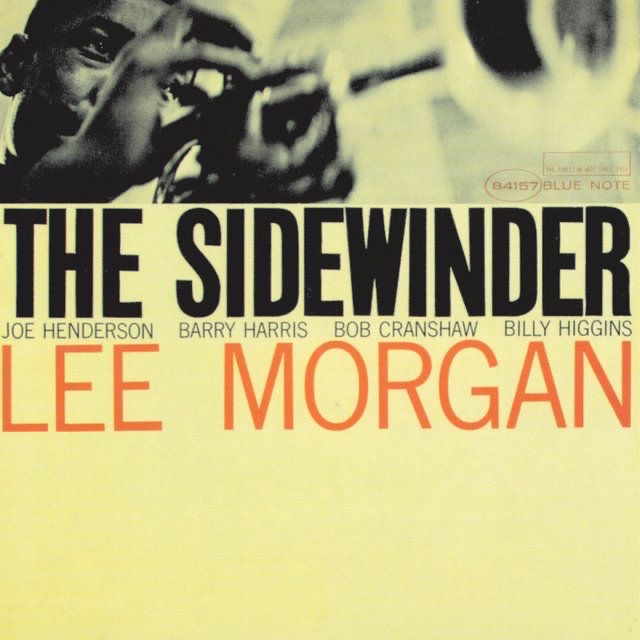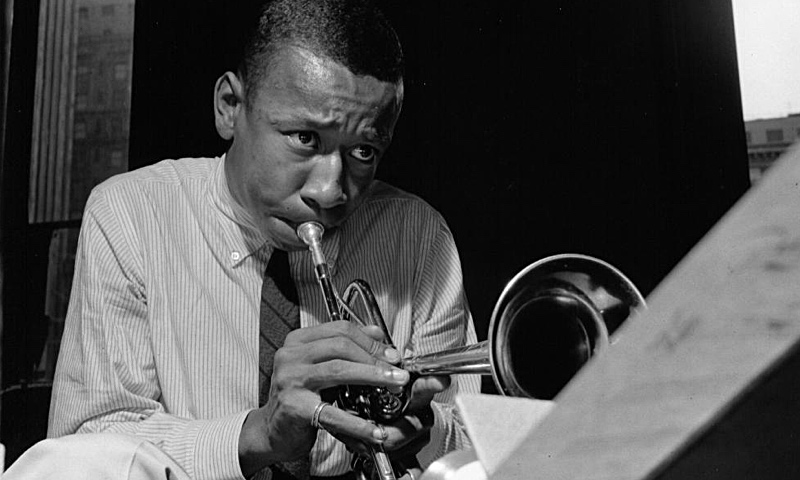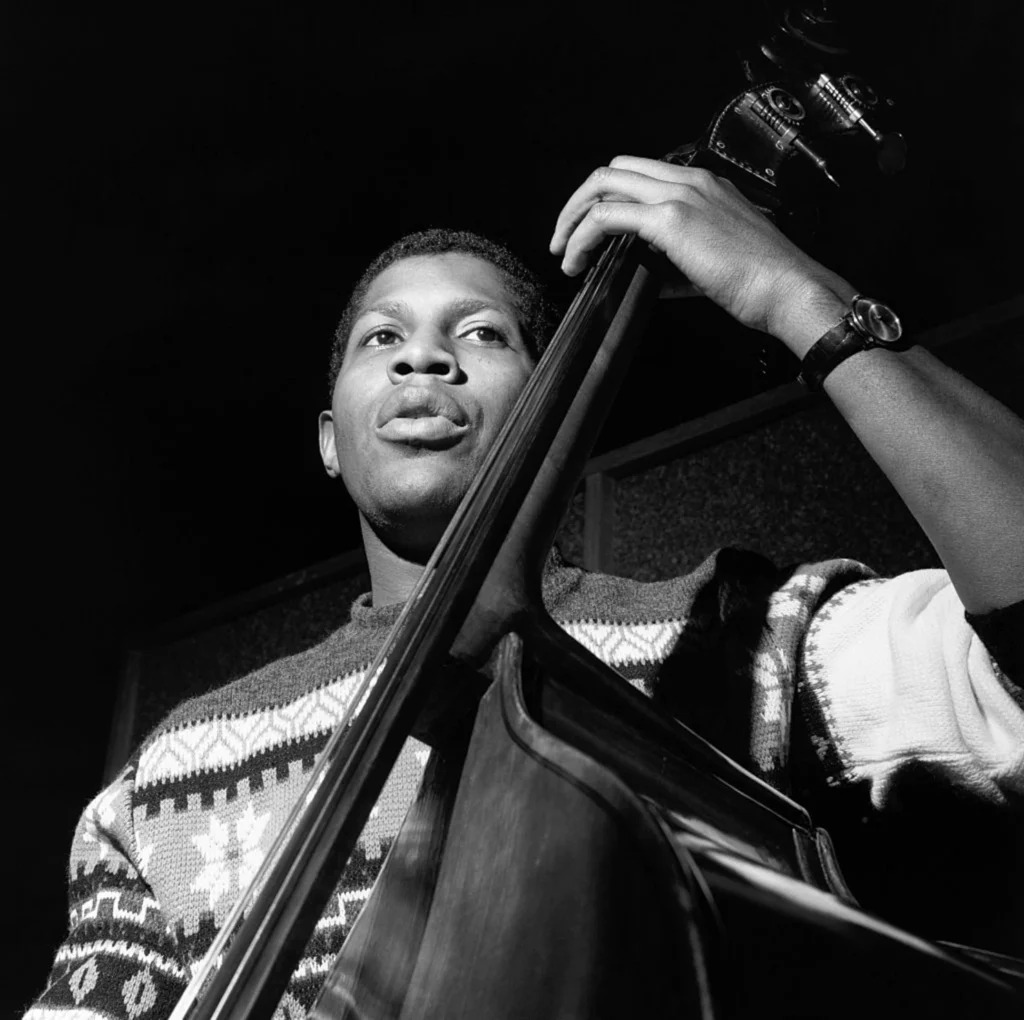Dive into the Power & Passion of ‘Tenor Madness
In the vast panorama of jazz, Sonny Rollins’ “Tenor…
I’ve just finished listening to Lee Morgan‘s “The Sidewinder,” and I must say, it’s an album that will captivate any jazz enthusiast. Morgan’s impressive trumpeting skills are at the forefront, backed by a stellar lineup of musicians. The album, recorded in 1963 and released by Blue Note Records, features a perfect blend of blues, hard bop, and soul jazz.

“The Sidewinder” was recorded on December 21, 1963, at the famed Van Gelder Studio in Englewood Cliffs, New Jersey. This Blue Note classic was engineered by the legendary Rudy Van Gelder, who lent his technical wizardry to many of the label’s greatest albums.
Before diving into the music, let’s explore the talented musicians who contributed to this masterpiece. First, we have the leader, Lee Morgan, a young trumpeter who had already made a name for himself in Dizzy Gillespie’s big band. He later joined Art Blakey’s Jazz Messengers and gained invaluable experience as a soloist.

Joe Henderson, the tenor saxophonist on this album, was another rising star at the time. Henderson’s playing features a unique blend of influences from Sonny Rollins, John Coltrane, and Charlie Parker, but he still manages to carve out his own distinct sound. A master of melodic invention, Henderson’s contributions to “The Sidewinder” add an extra layer of depth to the music.
Pianist Barry Harris, another key player on this album, had already established himself as a favorite among jazz musicians. With a playing style rooted in bebop, Harris brings a level of sophistication and elegance to the tracks. His familiarity with Morgan’s music is evident in their seamless interplay.
Bassist Bob Cranshaw and drummer Billy Higgins round out the rhythm section. Cranshaw’s ability to adapt to various musical styles and his rock-solid bass lines provide the perfect foundation for the band. Billy Higgins’ mature and sensitive drumming never overpowers the horns, but his presence is always felt, adding a driving force to the music.

Now, let’s delve into the tracks. The title song, “The Sidewinder,” is a mesmerizing 24-bar blues with a catchy melody and an infectious Latin-tinged rhythm. Morgan’s trumpet solo is a masterclass in creativity and control, while Henderson’s tenor saxophone showcases his remarkable ability to weave intricate melodic lines.
“Totem Pole,” my personal favorite on the album, offers an interesting contrast between Latin rhythm and straight 4/4 swing. Morgan’s and Henderson’s alternating solos create a captivating musical conversation. Harris’ piano solo, rich in octaves and single-note lines, maintains the excitement until the very end.

“Boy, What a Night,” another standout track, is a funky blues waltz in a 12/8 meter. The musicians skillfully navigate the groove, with Morgan’s solo demonstrating the Gillespie influence in his phrasing and extended ideas. Harris’ sly piano fills and the old-timey blues ending leave a lasting impression.
The album’s musical style is a fusion of blues, hard bop, and soul jazz, with each track offering something unique. The musicians’ individual talents shine throughout the album, blending seamlessly to create an unforgettable listening experience.

Upon its release, “The Sidewinder” was met with critical acclaim and commercial success, reaching number 25 on the Billboard chart. Its fresh sound and accessible tunes made it an instant hit, cementing Morgan’s status as a jazz great and boosting Blue Note Records’ reputation as a leading label for contemporary jazz.
Today, “The Sidewinder” remains an essential album in the jazz canon, revered for its innovative compositions and exceptional musicianship. Its continued significance can be attributed to its timeless appeal and the enduring influence of its featured artists. Morgan’s iconic trumpet solos, along with the contributions of Henderson, Harris, Cranshaw, and Higgins, have left an indelible mark on the jazz world.
As we look back on “The Sidewinder,” it’s clear that the album’s impact extended beyond its initial reception. It has inspired countless musicians and jazz aficionados alike, proving that great music transcends the era in which it was created. The combination of catchy melodies, tight ensemble playing, and outstanding solos has solidified “The Sidewinder” as a jazz classic that continues to captivate new generations of listeners.
In conclusion, Lee Morgan’s “The Sidewinder” is a testament to the creative genius of its leader and the talented musicians who contributed to this masterpiece. The album’s innovative blend of blues, hard bop, and soul jazz, combined with the stellar lineup, resulted in a recording that continues to resonate with audiences today. As a jazz enthusiast, I can’t help but be inspired by the sheer brilliance of this album, and I hope it sparks the same excitement in you.
So, next time you’re in the mood for some exceptional jazz, give “The Sidewinder” a spin. I assure you, it’s an experience that will leave you wanting more. And as you immerse yourself in the captivating melodies and solos, remember the trailblazing musicians who brought this album to life and the legacy they’ve left behind.